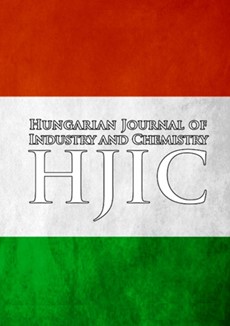Halophytes and Proline: A Promising Possibility for Heavy Metal Remediation and Agricultural Restoration
DOI:
https://doi.org/10.33927/hjic-2024-20Keywords:
halophytes, proline, heavy metals, toxicity, mitigationAbstract
The continuous rise in soil salinity and the expansion of saline areas present a worldwide threat to agriculture by reducing the amount of arable land available for crop cultivation. Halophytes, naturally inhabitants of saline environments, are the sole group of plants able to populate and thrive in saline soils. With highly efficient adaptive strategies, these plants tolerate extreme saline conditions indefinitely. Some of these species are metal hyperaccumulators, particularly those growing under saline conditions frequently rich in heavy metals that are often polluted. One mechanism enabling them to tolerate these extreme conditions is the accumulation of osmoprotectant metabolites. Even though these protective compounds are generally produced by plants to help them tolerate extreme environmental conditions, usually halophytes accumulate more osmolytes than glycophytes. Although many publications discuss the potential of halophytes in the remediation of areas polluted by heavy metals, relatively little is documented about the role of compatible solutes in alleviating the toxic effects of heavy metals. This review focuses on the role of the most common osmoprotectant, that is, proline, produced by halophytes to mediate cellular damage caused by the hyperaccumulation of metal ions and addresses the biosynthetic pathways of this compound. Reclaiming land polluted by heavy metals by populating it with halophytes and enhancing osmoprotective solute production through genetic engineering in halophytes presents viable solutions to restore pollution-ridden areas for potential agricultural use worldwide.




